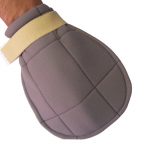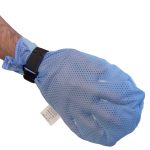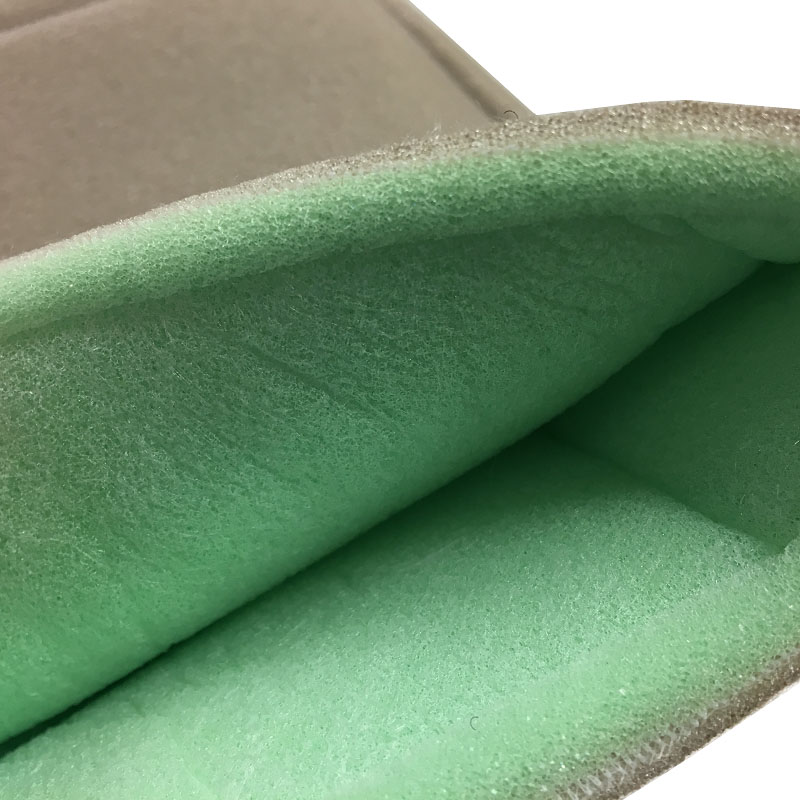The Mitts – Velour are quick and easy to put on a Patient.
The Mitt allows the Patient to open and close their fingers. Due to the foam padding, it is difficult to scratch or pick up objects.
You can cut or mechanically punch ventilation holes into the material for better air circulation. Place the holes on the back of the hand near the wrist. This is so that the Patient’s fingers do not reach near the holes.
General Public Restraint Authorisation Letter
If this product is purchased for use in a private home, we require authorisation from a suitable person. This is to ensure it will be used correctly and safely by the family and/or carers, and that using it will not be dangerous. Examples of a suitable person who is able to sign the letter are: Occupational Therapist; Physiotherapist; Clinical Nurse Manager; Registered Nurse; Doctor; or another suitably qualified person. Please return a copy to us when ordering. Note: This letter is not required when we send restraints to aged care facilities or hospitals, because their staff are already trained in their safe use.
Click here to print the authorisation letterNote: We are unable to sell this product to the USA.
Some alternative options are
 |
Mitts – Velour Lined | Soft outer velour so if the Patient rubs themselves, it should not harm the skin. The special breathable cotton inner lining prevents sweating. |
 |
Mitts – Padded & Vented | Prevent Patients purposely or inadvertently pulling out IV tubes, drips etc. Also used for Constraint Induced Movement Therapy (CIMT). |
Former SKU: 262










